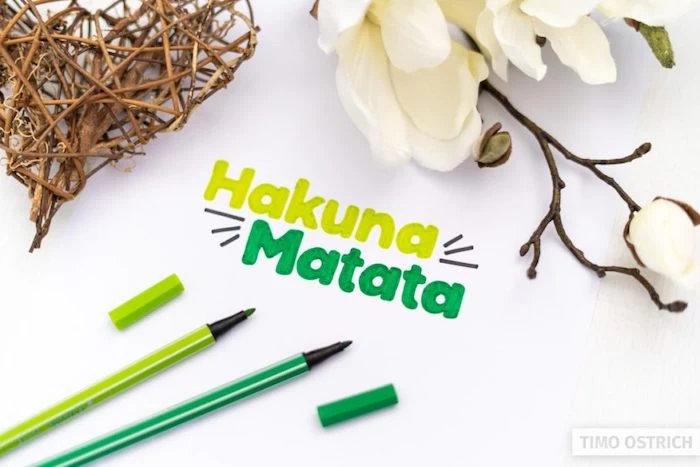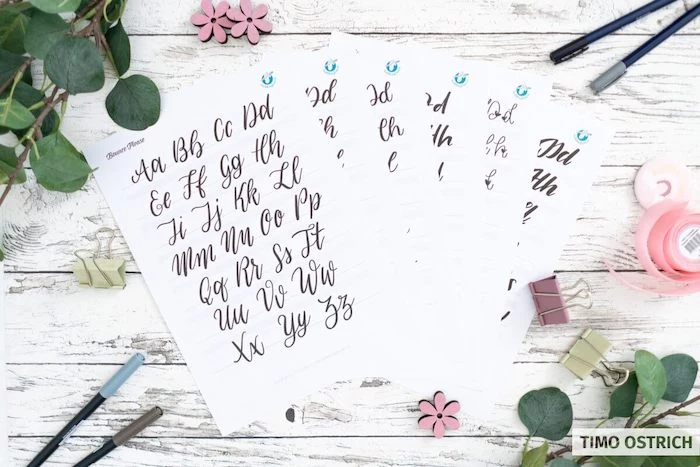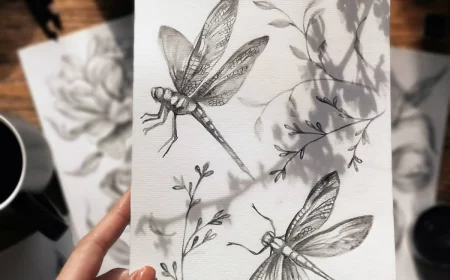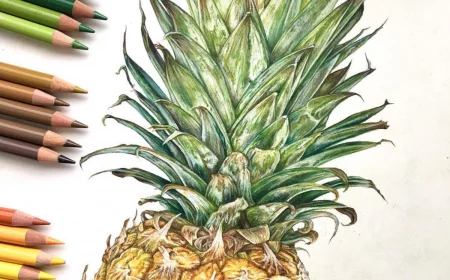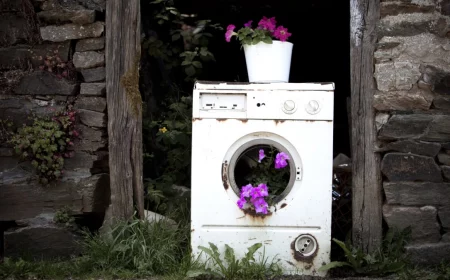What Is Hand Lettering And How to Do It Step By Step
Calligraphy and hand lettering is often overlooked. The things you can do with this skill, however, are immense. Especially if you are a DIY lover. When it comes to hand lettering, it is something to be learned. You definitely need to take your time, practice and master this skill. In this article, we are going to give you some idea of what hand lettering actually is. What’s more we are going to provide information about what it takes to learn how to do it and what you are going to need to start.
Hand lettering can come in handy with your DIY projects
What is hand lettering?
In general, lettering is the art of drawing words where every letter is like an illustration. The beauty of it is that you create an actual art piece whenever you are writing something. Hand lettering in specific relates to drawing letters by hand, instead of using any digital sources.
Another type of lettering is calligraphy. Calligraphy letters vary in width in downstrokes and upstrokes.
What tools do you need?
First off, of course, you need to find yourself different types of pens and pencils. You can try mechanical and lead in pencils and see what the results are and how different the letters look. When it comes to pens you can also try different ones and see which ones you like the most. You can use fine point pens, felt tip pens or even brush pens. For calligraphy, you can get fancy and use actual nib and ink.
Another tool you are going to need is, of course, paper. Having a sketchbook or a lettering book is very helpful if you are a beginner and have just started learning this skill. Another option for beginners is trace paper. You can download and print out a few lettering tutorials and trace them just so your hand can get used to the actual drawing of the letters. For brush pens, you are going to need a specific smooth lettering paper, otherwise your tips will ware off very quickly.
You can create gorgeous pieces of art when you learn lettering
How to hand letter step by step?
It might seem very difficult, but with lots of practicing you will quickly see the results. Start off by doing some warm ups. Grab a ruler and sketch a few straight lines on your paper. Then, start practicing some angled lines and curves. Make sure each of them is spaced evenly. Then, start lettering. Remember to be patient. Nothing happens at once. Keep practicing everyday, try out different pens and paper. Pay attention to the way they look. Try out different fonts, shapes and sizes, as well. After you practice each letter in different fonts, it is time to start lettering whole words. Start with one, then start adding a word, until you are finally able to draw whole sentences.
Where can you use hand lettering?
Every DIY enthusiast out there will definitely appreciate this skill. Adding it to your arsenal allows you to create beautiful holiday cards, signs, bullet journals, etc. It also helps develop your fine motor skills and creativity. Plus, using a pen and paper (which, nowadays, is considered outdated) is great when you spend a whole day in front of a computer. Furthermore, it is super relaxing. Spending time with this new hobby will definitely take your mind off of your everyday troubles and help you meditate. So, think no more! Grab a pen and paper and start your lettering journey!
Your lettering journey starts now!


